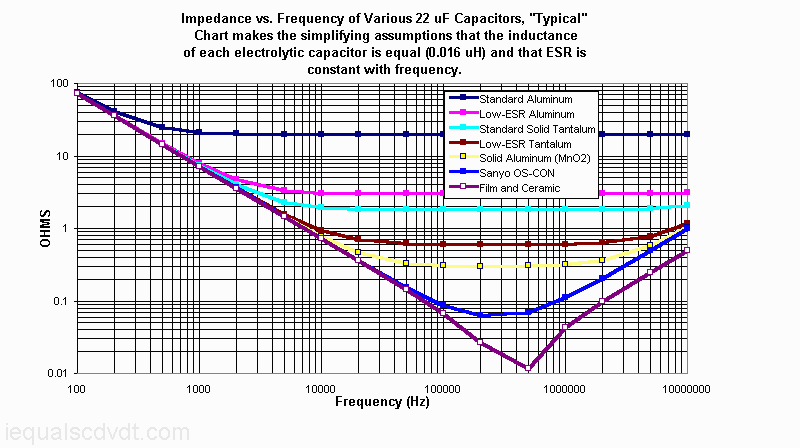raman00084
Full Member level 6

i am using dspic33ep512mu810 micro controller it operates at 3.3v vcc
i am interfacing this microcontroller with am26ls31 line driver ic that operates in 5v vcc
the input to the line driver is 3.3v microcontroller the output of am26ls31 is 5v
in the datasheet of am26ls31 says that it accepts
VIH High-level input voltage = 2v
Low-level input voltage=0.8v
my doubt is that whether it will work good.
i am interfacing this microcontroller with am26ls31 line driver ic that operates in 5v vcc
the input to the line driver is 3.3v microcontroller the output of am26ls31 is 5v
in the datasheet of am26ls31 says that it accepts
VIH High-level input voltage = 2v
Low-level input voltage=0.8v
my doubt is that whether it will work good.


